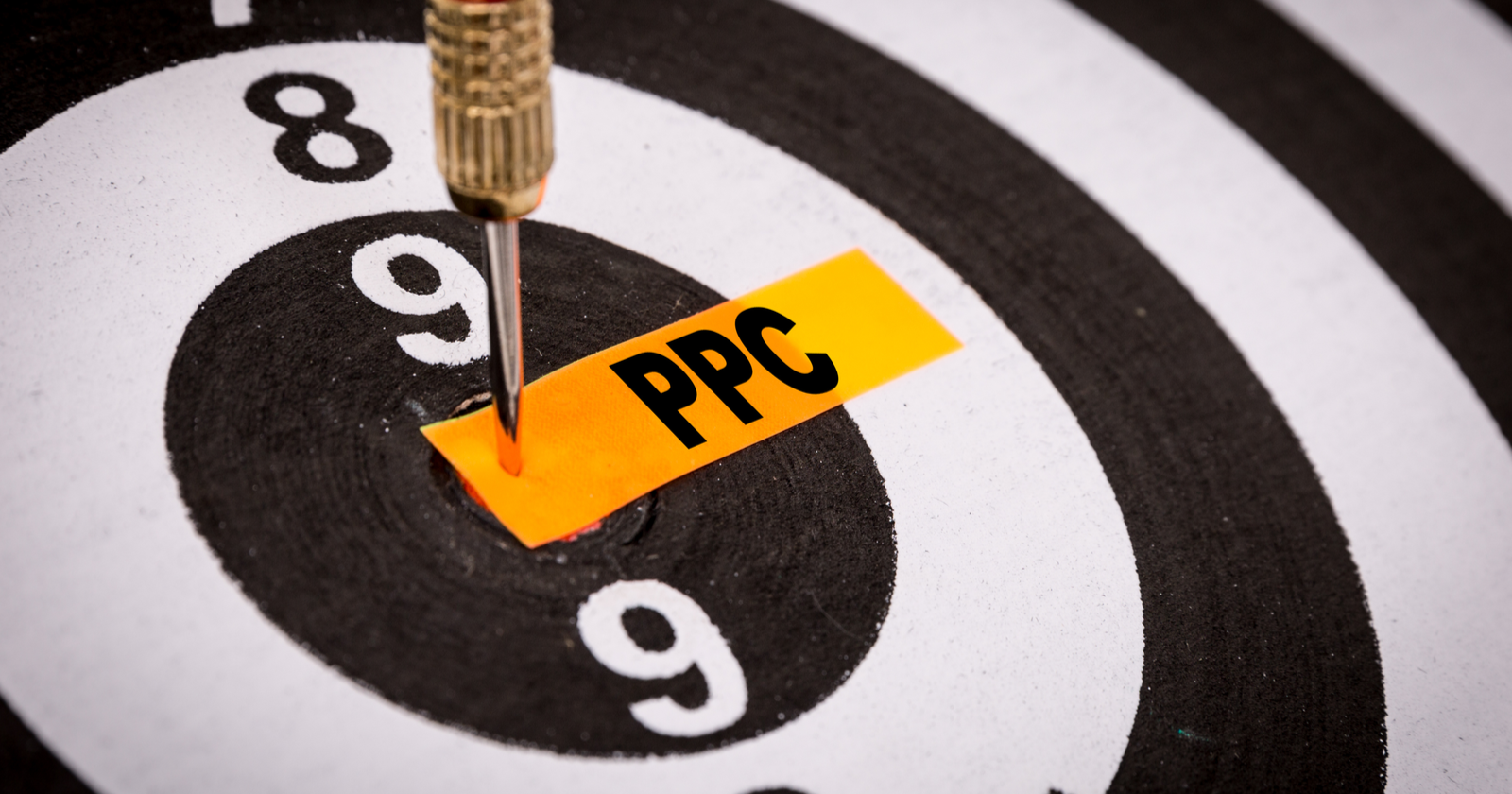So you have a budget. Keywords and ads are ready to go. Ready to launch? Not quite.
Or maybe you are planning a Display Network campaigns, finally determined all audiences and demographics to use.
Before you finalize your strategy, you should be aware of some targeting considerations that can make or break the success of any campaign.
Strategically speaking, SEM targeting settings fall into two categories:
- Those that impact the user experience.
- Those that influence budget.
Targeting settings that impact user experience are useful for adapting messaging and landing page experience.
You also have the opportunity to modify performance KPIs, if needed, for parts of your effort.
However, they primarily impact one’s media cost without offering much leverage for other planning considerations.
Regardless of what search engine you are working with – Google, Bing or even some less common country-specific engines – each one has provisions to address these areas.
User Experience Targeting Elements
Audiences, Geography targeting, Languages and Location settings are the four key settings to keep in mind which can have a big impact on a search engine marketing campaign success.
1. Audience Insights
You probably heard about audiences now available in campaigns. But are you regularly looking at those insights and using them to adjust your messaging and landing page strategy?
These audiences can:
- Give you valuable information on behavioral elements of users who are and are not converting.
- Validate any existing notions of who the users are.
Based on what you learn on their demographic profile and interests, consider customizing your campaigns with a paid search audience strategy.
Let’s also not forget your own first-party audiences.
Use RLSA campaigns to:
- Remarket to past non-converting users.
- Upsell to converters.
With cascading messaging and progressive offer strategies, you can create tailored experiences for each set of users – much like a salesperson would do offline with the knowledge of who the repeat users are.
And while you are at it, don’t forget to “trim the fat”. Make it habit to regularly review what audiences are not converting.
Aside from savings that will add up, this will further help the search algorithm to better target future searchers.
2. Geographic Targeting
From countries to as granular settings as designated market areas (DMAs) or postal codes, location targeting ensures that your ads run in the right geographical area. This is an excellent opportunity to customize messaging and landing pages for each location.
Even if the site is not for a location-centric business, which varies product offerings by geography (e.g., an online school with different courses for each state), it can be still beneficial to create separate campaigns for different geographies.
For example, a skincare site may well sell the same products to all online users. However, people in different geographies will likely buy sunscreen at different times of the year.
The tendency is to mirror targeting of other marketing efforts, but be wary that online trends often differ from offline patterns. Biggest areas of online demand may well differ from what one sees online.
For example, a bank may find that locations with many branches and high foot traffic actually do not drive as much online activity as expected precisely due to people going to physical branches.
Similarly, some commonly though of areas might not be the most efficient and should be excluded or targeted last.
Large urban areas (e.g., New York, London, Dubai) with their high user concentration are often very competitive, leading to a suboptimal return on investment.
Rather than pile in with other advertisers, consider prioritizing locations and creating specific campaigns for those other high ROI areas so you can double down there.
Lastly, while tools offer very granular targeting, think twice about using them. A CMO may say, “I want lots of control with separate campaigns for each DMA.”
This granularity considerably complicates campaign management with the extra time not always resulting in better performance.
Zip code, DMA and radius targeting are attractive for their precision but will quickly make your campaigns unwieldy if used at scale.
3. Language Targeting
Is your site available in multiple languages? If it is not, are your customers likely to use more than one language to search for your business?
Don’t automatically go with the default campaign settings. Instead, consider if it is worth having multiple campaigns targeting users in different languages.
For a multilingual site, the best practice is to run in the same multiple languages to reach the maximum target users regardless of their language preferences.
However, do not merely translate your ads and use clones of the same page for each language. Localize your ad message and adapt your page content to each language’s user group to address cultural preferences.
If ads and landing page content are merely translated, they will not resonate in the most relevant way with each language user group.
Each one has a different understanding of your brand, values different attributes, and may need to be addressed with varying degrees of formality.
4. User Location Targeting
Here, Google’s default and recommended setting is not always the best option to use and can lead to undesired user experience as well as unexpected cost. This is especially key for location-based businesses.

For example, a Chicago hotel may have campaigns targeting the U.S., Canada, U.K. and the rest of the world.
However, if the first setting is used, non-American traffic will still show up in the U.S. campaign, non-Canada traffic will show up in the Canada campaign, and so on.
That is due to Google showing ads not only based on where people are located in but also if they show interest in the hotel’s location.
To best manage the user experience and streamline budgets, I would suggest targeting with “People in your targeted locations” as highlighted in the screenshot.
Cost-Saving Elements
5. Device Targeting
Mobile has arrived. In the U.S. and increasingly around the world, the majority of traffic comes through non-desktop devices.
However, online conversions still lag behind.
For higher consideration items with high purchase value, often the gap between the share of traffic and the share of revenue from non-desktop devices can be dramatic. Non-desktop devices are thus good areas to consider pulling back.
Of course, much of the desktop traffic comes from users who previously researched content through other devices.
Even in the B2B space, there is often strong site engagement across mobile and tablets. Still, when looking to prioritize non-desktop devices offer a good saving opportunity.
Start by applying negative bid modifiers to non-desktop devices to gradually ease and monitor impact, before removing their targeting altogether.
6. Day Parting
Save budget through limiting exposure by:
- Day of the week.
- Hour of the day.
- Or both.
As with other features offering granularity, don’t get carried away and guide your planning with business insights.
Prioritizing Business Opening Hours
If your business relies on leads that are processed by a call center or a similar team, consider limiting your campaigns to avoid a backlog.
Sure, you may miss some leads after-hours from not being live. However, if these leads are kept waiting, chances of closing them would not be that high either.
Plus, and what is worse, their first brand experience will be frustrating due to having to wait for a response while your team clears the after-hours lead backlog.
Avoiding Least Efficient Periods
Most sites have some seasonality throughout the week with cost per acquisition fluctuating.
Sometimes, weekends are not as efficient and worth cutting if one is budget-constrained and still has uncaptured traffic on weekdays.
Or maybe another set of days stands out as much costlier to convert users than others.
Whichever day(s) you decide excluding, make sure you ground the decisions in past campaign data and revisit this over time.
As noted earlier, each marketing channel may have different trends and learnings from other channels may not apply to paid search. Over time, these trends may also change.
Lastly, before pulling the trigger to exclude any day or hourly gap, analyze shoulder periods. Performance in one period may be driven by shoulder period activity.
Consider a sample week below.
![]()
Sure, Saturday and Sunday stand out as with the worst CPA and are worth considering to pause. But what about Wednesday?
While it has the second-worst CPA, Wednesday traffic could well be responsible for Thursday’s and Friday’s efficiency with Wed users simply taking longer to convert and doing so more than a day after the first visit.
In case that is the dynamic taking place, applying a negative bid modifier is a good initial step for Wednesday before excluding Wednesday outright.
7. Partner Networks
Google’s and Bing partner networks are often overlooked and opted in by default at the time of set up by the engines.
Over the years, I have seen them continue remaining less efficient though also a small share of overall traffic and budget.
Unfortunately, it is not possible to target them on their own. At this point one can target either standard search with or without them, but not on their own.
Anyone looking for savings and efficiency should consider a test running without the partner networks. If every bit helps, this is one more option to keep in mind.
Conclusion
With these best practices, you may well find doing more with less or the same budget. Use these targeting steps to ensure your paid search campaigns are lean and mean.
More Resources:





